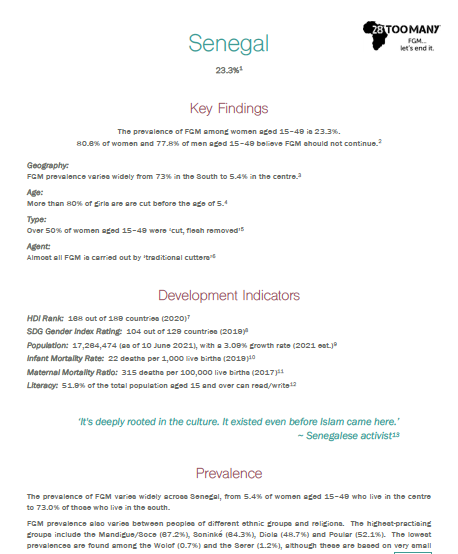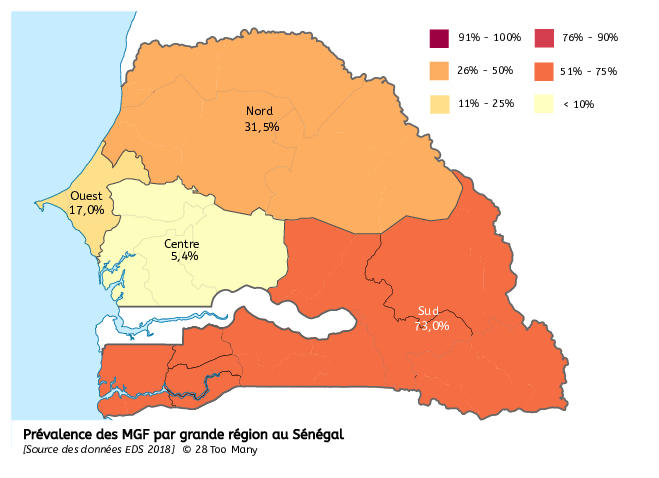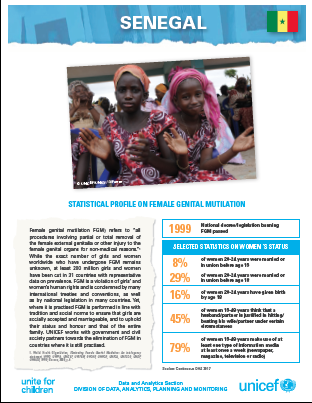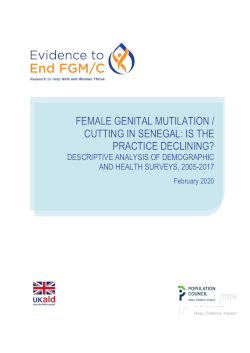Home | Research & Resources | Senegal
Key Findings
The prevalence of FGM/C among women aged 15–49 in Senegal is 23.3%.
80.6% of women and 77.8% of men aged 15–49 believe FGM/C should not continue.
Geography
FGM/C prevalence varies widely, from 73% in the south to 5% in the central region.
Age
More than 80% of women were cut by the age of 5.
Type
Over 50% of women aged 15–49 were ‘cut, flesh removed’
Agent
Almost all FGM/C is carried out by ‘traditional cutters’
Distribution of FGM/C across Senegal
The prevalence of FGM/C varies widely across Senegal, from 5.4% of women aged 15–49 who live in the central region to 73.0% of those who live in the south.
FGM/C prevalence also varies between peoples of different ethnic groups and religions. The highest-practising groups include the Mandigue/Soce (67.2%), Soninké (64.3%), Diola (48.7%) and Poular (52.1%). The lowest prevalences are found among the Wolof (0.7%) and the Serer (1.2%), although these are based on very small sample sizes.
Prevalence is 24.1% among Muslims and 4.6% among Christians. 11.5% of women and 12.0% of men who have heard of FGM/C believe it is a religious requirement.
The greatest support for the continuation of FGM/C is among young women aged 15–19, men and women from the most-frequently-practising ethnic groups, those living in rural areas and those surveyed who had little education or were in the lowest wealth quintile.
Trends in FGM Prevalence in Senegal
The prevalence of FGM/C in women (aged 15–49) is 23.3%. This is a slight decrease from 24.0% in 2017 and again from 28.2% in 2005. Due to the large age-range of women included, however, the overall prevalence alone may not fully reflect the progress that has been made in recent years. Breaking down the most recent data by age group shows that the prevalence for women aged 45–49 is 24.5%, while for the youngest age group this has fallen to 21.4%. Despite the fact that a small proportion of women may be cut after the age of 15, the data suggests a trend towards lower prevalences for younger women, although the data points are of course affected by statistical fluctuations.
FGM/C Legislation in Senegal
In 1999, the Government of Senegal passed legislation that specifically prohibits the practice of FGM/C (Law No. 99-05 of 25 January 1999 amending various provisions of the Penal Code [Article 2], as incorporated into the Penal Code, Article 299 bis).
Development Indicators
Population Growth
17,254,464 (as of 10 June 2021), with a 3.09% growth rate (2021 est.)
Infant Mortality
22 deaths per 1,000 live births (2019)
Maternal Mortality
315 deaths per 100,000 live births (2017)
SDG Gender Index
Ranked 113 out of 144 countries with a score of 55.2% (2022)


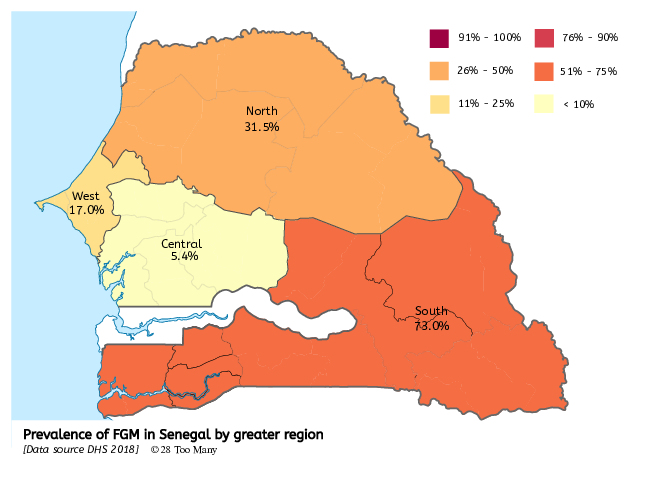
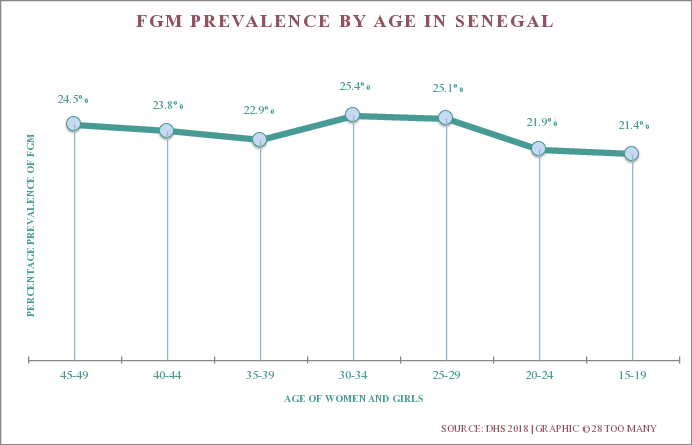
_cover.jpg)
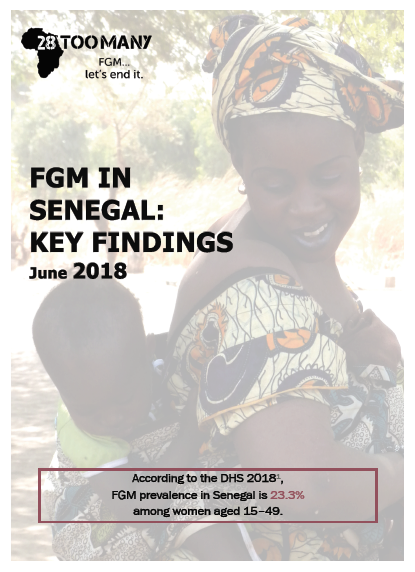
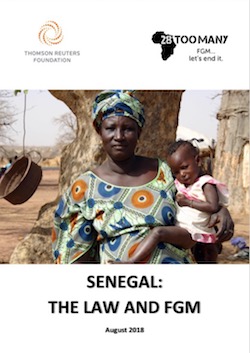
_french_cover.jpg)
_english.jpg)
_french.jpg)
_cover.jpg)
